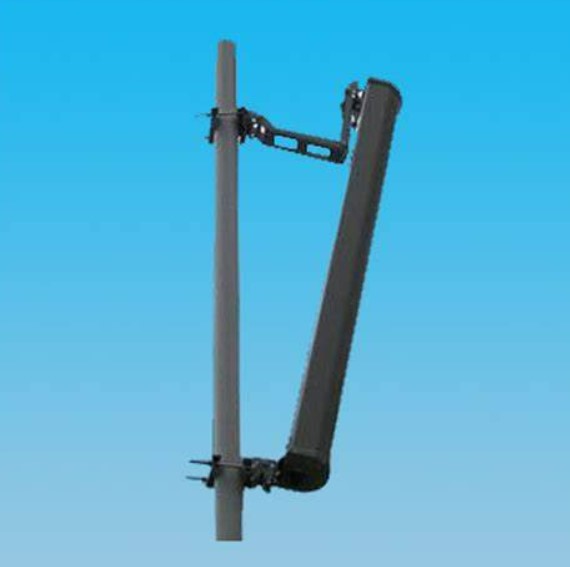GSM Antennas Types: A Complete Guide Selection, Installation and Maintenance
Table of Contents:
I. Introduction
II. What is a GSM Antenna?
III. Types of GSM Antennas
IV. Factors to Consider in Selecting a GSM Antenna
V. Installation and Maintenance of GSM Antennas
VI. Conclusion

I. Introduction
GSM antennas are an essential component of mobile communication networks that enable voice and data transmission between mobile devices and the network. They come in different types, each with unique features and capabilities. In this article, we will provide a comprehensive guide to GSM antenna types, including their definitions, types, factors to consider when selecting them, and their installation and maintenance.
II. What is a GSM Antenna?
A GSM antenna is a type of antenna used in mobile communication networks to transmit and receive radio signals between mobile devices and the network. It is designed to be mounted on a tower or rooftop and is connected to the base station through a coaxial cable. The performance of a GSM network depends on the quality of the antenna used, as it determines the signal strength and coverage area of the network.
III. Types of GSM Antennas
There are several types of GSM antennas, each with unique features and capabilities. The most common types are:
-
Whip Antenna: This is a short, vertical antenna that is commonly used in mobile devices such as smartphones and tablets. It is ideal for providing coverage in small areas and has a relatively low gain.
-
Dipole Antenna: This is a directional antenna with two metal rods that are oriented perpendicular to each other. It is commonly used in indoor environments and has a relatively high gain.
-
Patch Antenna: This is a directional antenna with a flat, rectangular shape. It is commonly used in indoor environments and has a relatively high gain.
-
Yagi Antenna: This is a directional antenna with a long, narrow shape that consists of several metal elements arranged in a row. It is commonly used in outdoor environments and has a relatively high gain.
IV. Factors to Consider in Selecting a GSM Antenna
When selecting a GSM antenna, several factors should be considered to ensure optimal performance. These factors include:
-
Frequency Band: The frequency band used by the network will determine the type of antenna required. Different antennas are designed to operate on specific frequency bands, and using the wrong antenna can result in poor performance and reduced coverage.
-
Coverage Area: The coverage area required by the network will determine the type of antenna required. Omnidirectional antennas are suitable for providing coverage in all directions, while directional antennas are suitable for providing coverage in specific areas.
-
Gain: The gain of an antenna refers to its ability to amplify the signal. Antennas with high gain are suitable for long-distance communication and areas with weak signals.
-
Polarization: The polarization of an antenna refers to the orientation of the electromagnetic waves it radiates. The polarization of the antenna should match that of the mobile devices for optimal performance.
V. Installation and Maintenance of GSM Antennas
Proper installation and maintenance of GSM antennas are critical in ensuring optimal performance and reliable communication. The following are some key considerations when installing and maintaining GSM antennas:
-
Installation: GSM antennas should be installed by qualified professionals who have the necessary knowledge and experience. The installation process should adhere to industry standards and regulations, and the antenna should be positioned correctly for optimal performance.
-
Grounding: GSM antennas should be grounded to protect against lightning strikes and other electrical surges. The grounding system should be designed to meet the specific needs of the site and should be installed correctly.
-
Maintenance: GSM antennas require regular maintenance to ensure optimal performance. The maintenance schedule should include visual inspections, cleaning, and testing of the antenna system.
VI. Conclusion
In conclusion, GSM antennas are an essential component of mobile communication networks, and their selection, installation, and maintenance are critical in ensuring optimal performance and reliable communication. This article has provided a comprehensive guide to GSM antenna types, including their definitions, types, factors to consider when selecting them, and their installation and maintenance.
When selecting a GSM antenna, it is essential to consider the frequency band, coverage area, gain, and polarization to ensure optimal performance. Proper installation and maintenance of GSM antennas, including grounding, regular maintenance, and adherence to industry standards and regulations, are critical in ensuring reliable communication and network performance.
By following the guidelines outlined in this article, network operators can select, install, and maintain GSM antennas that meet the specific needs of their network and provide reliable communication to their users.

 Mobile Signal Booster
Mobile Signal Booster